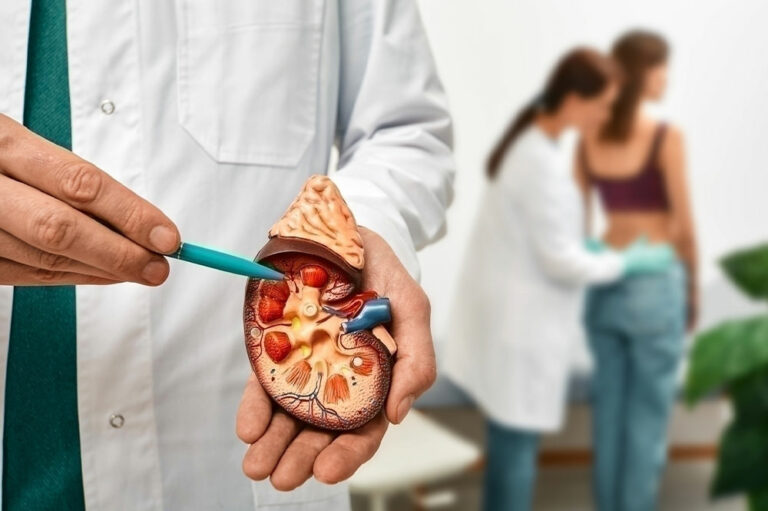
health
5 mistakes to avoid for a good night’s sleep
The quality of sleep at night sets one’s tone for the day. A good night’s sleep ensures alertness and enhances mood, facilitating better decision making, problem solving, and behavior control. Moreover, studies have demonstrated the association between poor sleep quality and cognitive decline. So, it is important to strike the right balance between sleep duration and quality to enhance one’s overall well-being. To do so, avoid these common mistakes that may affect one’s sleep quality. Using electronic devices just before bedtime Nearly 9 out of 10 individuals in a study admitted to using their phones or tablets just before bedtime. Research has shown that the blue light emitted from mobile phones affects the body’s production of melatonin, a hormone that regulates one’s circadian rhythm. One’s sleep-wake cycle is severely disrupted due to the use of gadgets at night. It is advisable to put away all electronic devices at least half an hour before bedtime and relax one’s eyes by meditating. Sleeping immediately after a meal The body digests food most efficiently in the upright position. Therefore, when one lies down immediately after a meal, the food typically gets redirected to the esophagus, causing heartburn and indigestion and impacting sleep quality.














